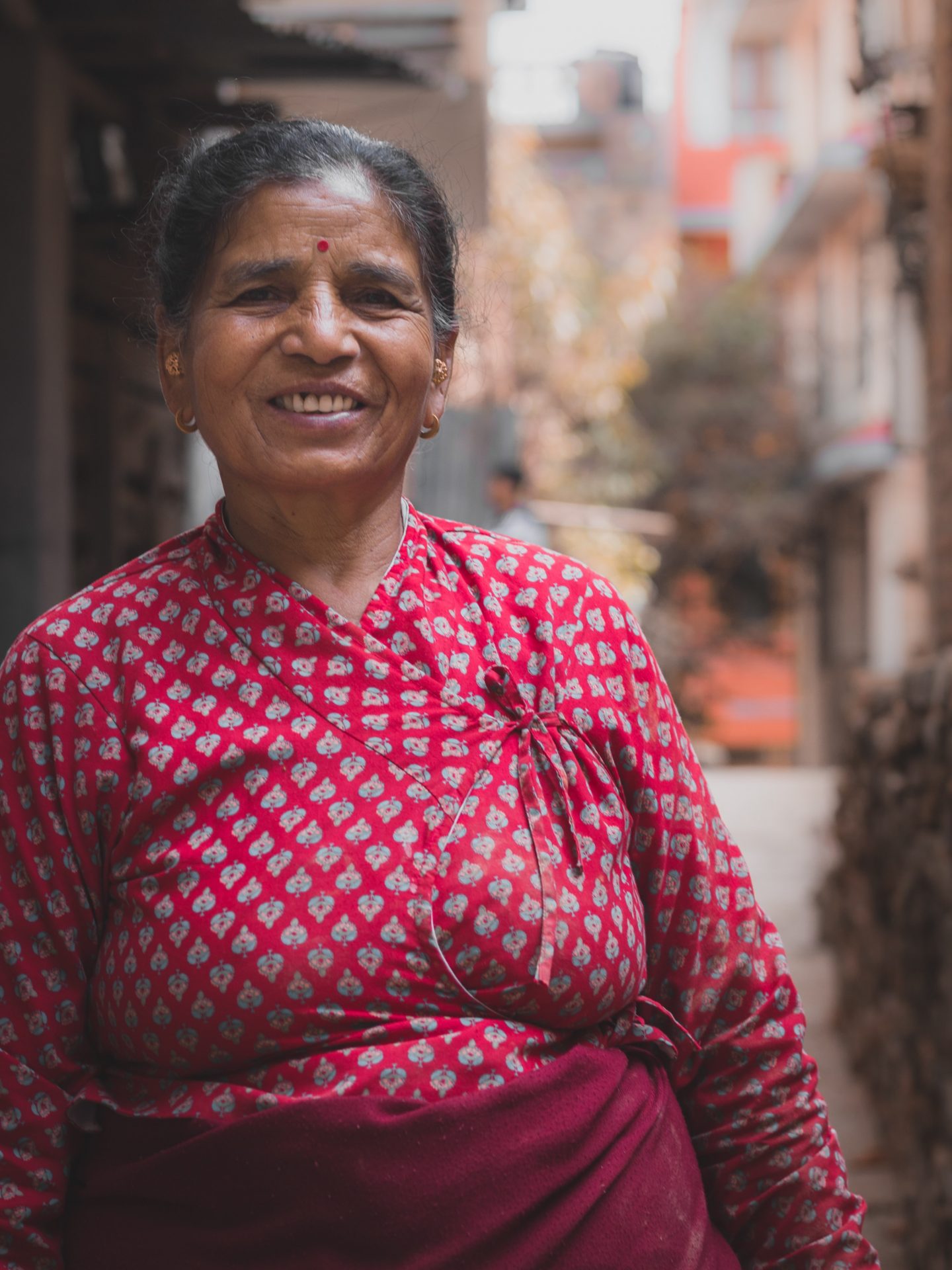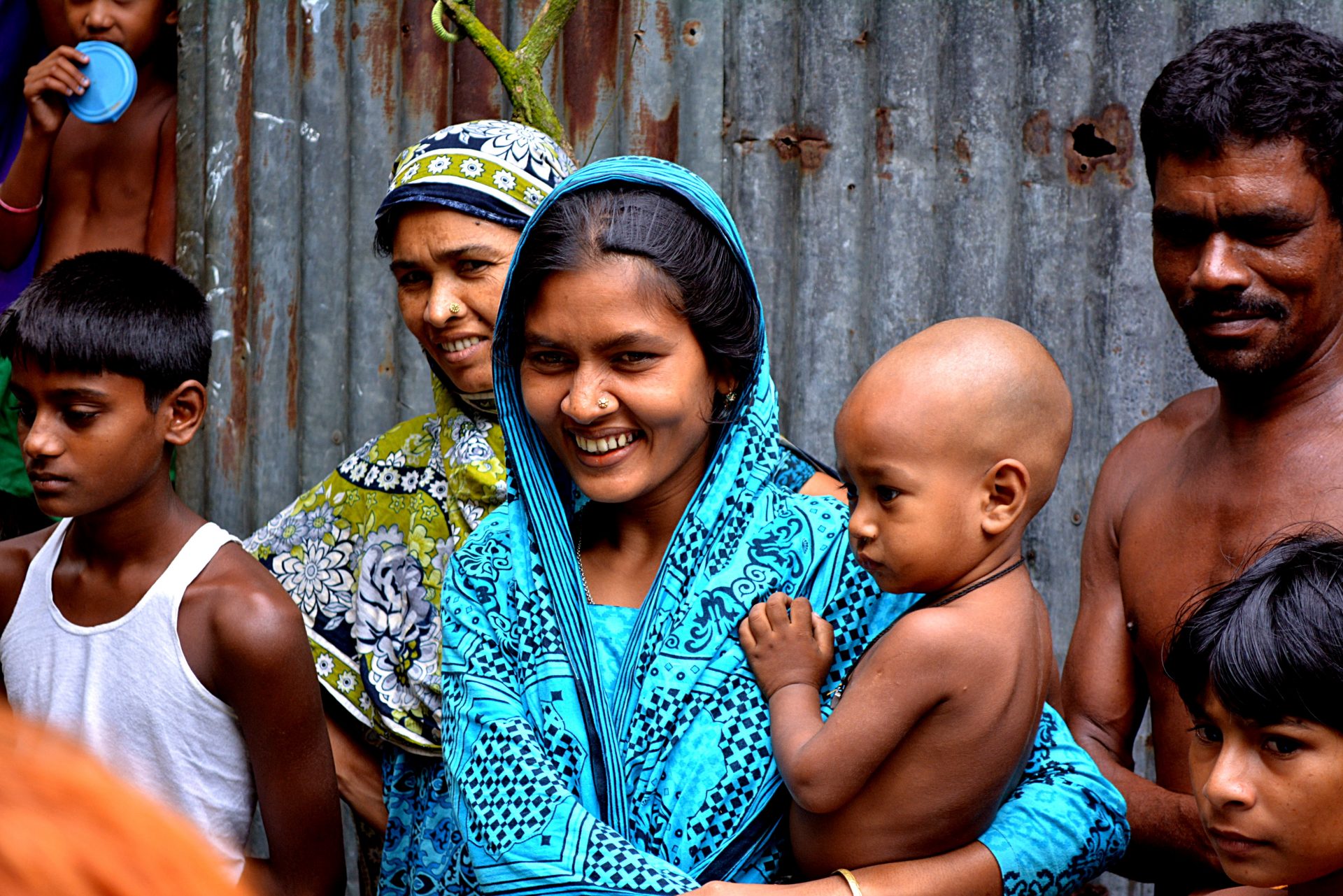- NCDs are a large contributor to poor health and mortality among women, beyond maternal health
- In order to effectively implement UHC, gender disparities in NCD treatment must be addressed
- This policy brief outlines the solutions needed to overcome existing barriers
NCDs are a large contributor to poor health and mortality among women, beyond maternal health. For many NCDs, there are gender disparities at every stage of the continuum of care from prevention to treatment. Addressing these disparities is essential in the pursuit of achieving universal health coverage (UHC). It’s essential that gender is integrated as a key consideration of NCD programmes and efforts, because these disparities are driving detrimental health, financial, and societal expectation consequences, for women.
NCD services should be low-cost; stigma around NCDs for women must be reduced; girls need to be educated about their susceptibility to NCDs, and more. The brief also reveals the importance of further support for healthcare workers, consisting mostly of women, as they play a pivotal role in NCD prevention and treatment.

To deliver better outcomes for women and future generations, governments must adopt a gender-sensitive, evidence-based approach to NCD prevention and control across the life-course as a key part of progress towards ensuring UHC for all.
The health of women worldwide is severely burdened by NCDs. Though some NCDs are more prevalent in men, this masks the fact that many NCDs are increasing in prevalence among women, with many women going undiagnosed and untreated.
Many women struggle to access preventive, diagnostic, and treatment resources to protect themselves from NCDs due to gendered barriers.
While implementing UHC, there must be political commitments, accountability, and capacity building to advance gender equality in healthcare.
The burden of NCDs prevents women from participating in the workforce, as they are often the sole caregivers for other members of the family who are living with NCDs. What’s more, women make up the majority of the health workforce, and are in need of further training, supervision, and remuneration to address the increasing burden of NCDs.
Government agencies should develop policies with community members to enhance health inequality monitoring, integrate NCD services with MNCH and HIV/AIDS initiatives, and more effectively treat multiple conditions.
Within the health profession, further research should be conducted on risk factors and healthcare provider biases through a gendered lens, to improve the treatment of women with NCDs.
All stakeholders should provide innovative NCD screening tools in low-resource settings, while combatting the stigma around NCDs for women, addressing the barriers women face in accessing healthcare, and supporting the role of women in the health workforce.
With Noncommunicable Diseases (NCDs) causing two of every three deaths of women each year, action to implement Universal Health Coverage (UHC) must recognise and address sex and gender differences in NCD risk factors, care pathways and outcomes of services are to be targeted effectively and deliver healthy lives and well-being for women and girls around the world.





